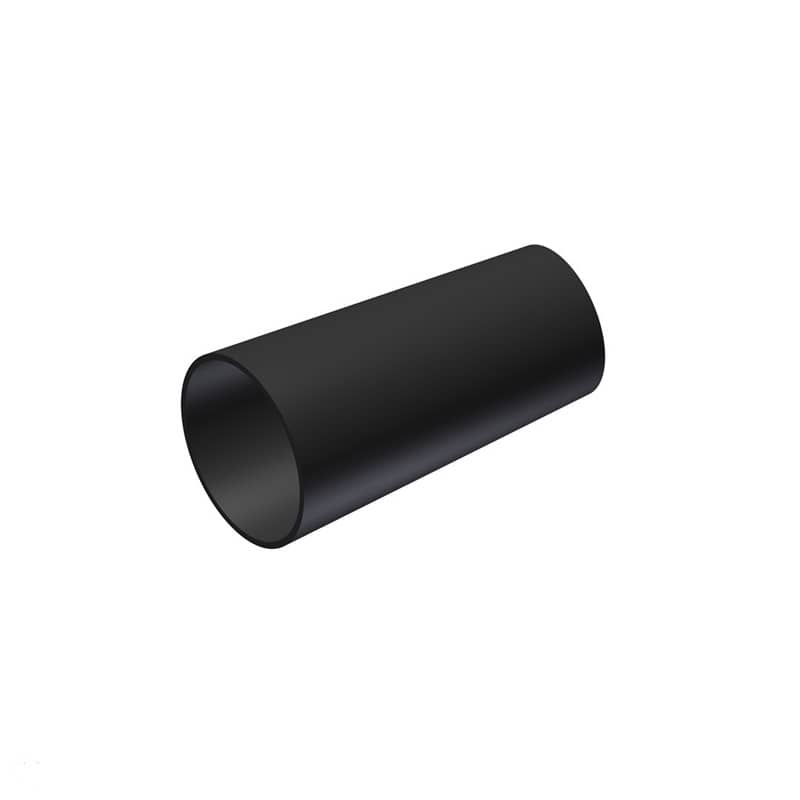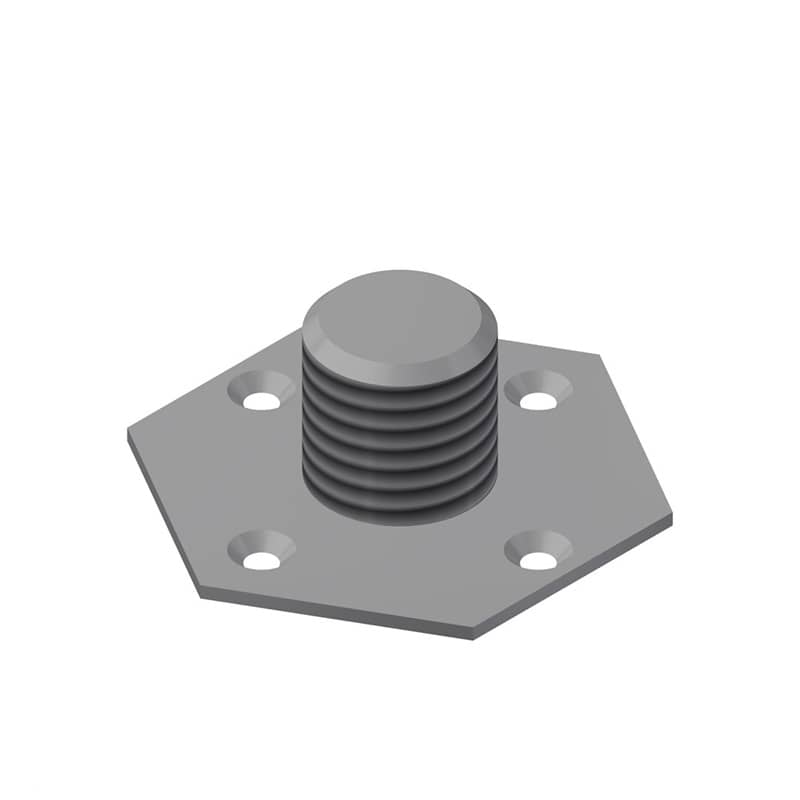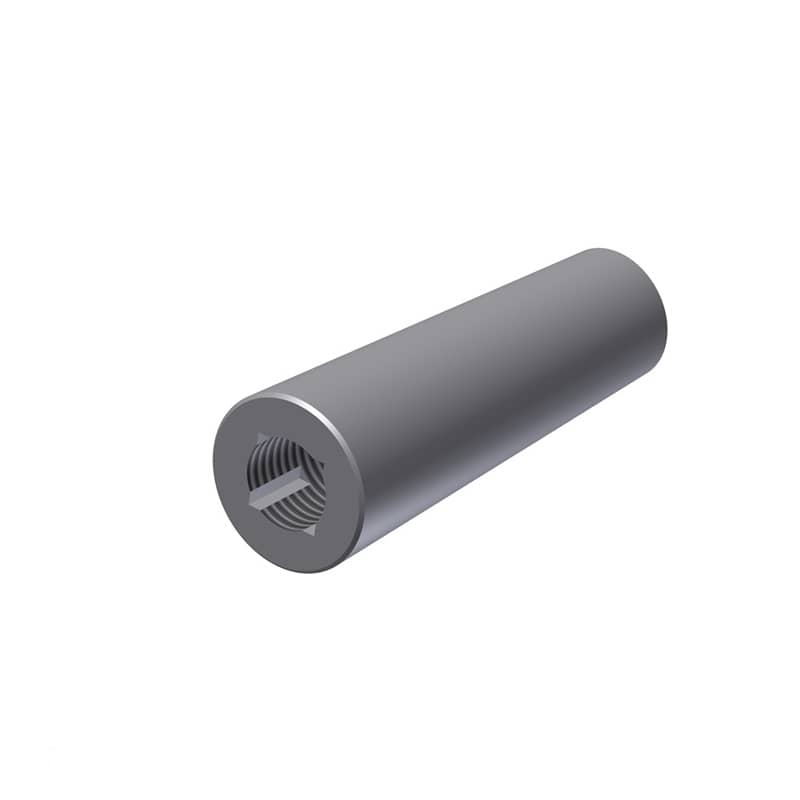Climbing Cone
Since neither Threadbars nor concrete can absorb special shear forces/lateral forces that can for example occur when using climbing formwork, these forces must be deviated via Climbing Cones. Climbing Cones are used to replace Positioning Cones after formwork stripping.
Alternatively, Positioning cones can be used in combination with metrical screws matching in terms of length and grade.
Article No. | Ø1/Ø21) [mm] | Length2) [mm] | Hex [mm] | Height3) [mm] | Shear Load4) [mm] | Weight [kg/no.] |
|---|---|---|---|---|---|---|
15 F 3038 | 30/43 | 155 | 55 | 35 | 30 | 1.28 |
20 F 3038 | 33/46 | 185 | 55 | 35 | 40 | 1.5 |
26 E 3038 | 40/54 | 210 | 55 | 35 | 50 | 2.5 |
1) Ø1 = lower cone diameter;
Ø2 = upper cone diameter
2) Length = Length = total length, cone length corresponds to the length of the Positioning Cone
3) Height of hex nut
4) At a concrete strength of minimum 10 N/ mm²
Installation/removal:
15 = 10 mm hexagon socket
20 = 13 mm square drive
26 = 13 mm square drive
Galvanized, cone for shear load, Positioning Cone must be removed
Safety Instructions
Appropriate use of form ties and accessories is necessary to prevent accidents and failure. All products are intented to be used by qualified and experienced workmen. It is the user's responsibility to continually inspect working hardware for wear and to discard worn parts. Improper use of the DYWIDAG Form Ties can expose workers to extreme danger that may result in severe injury or death.


